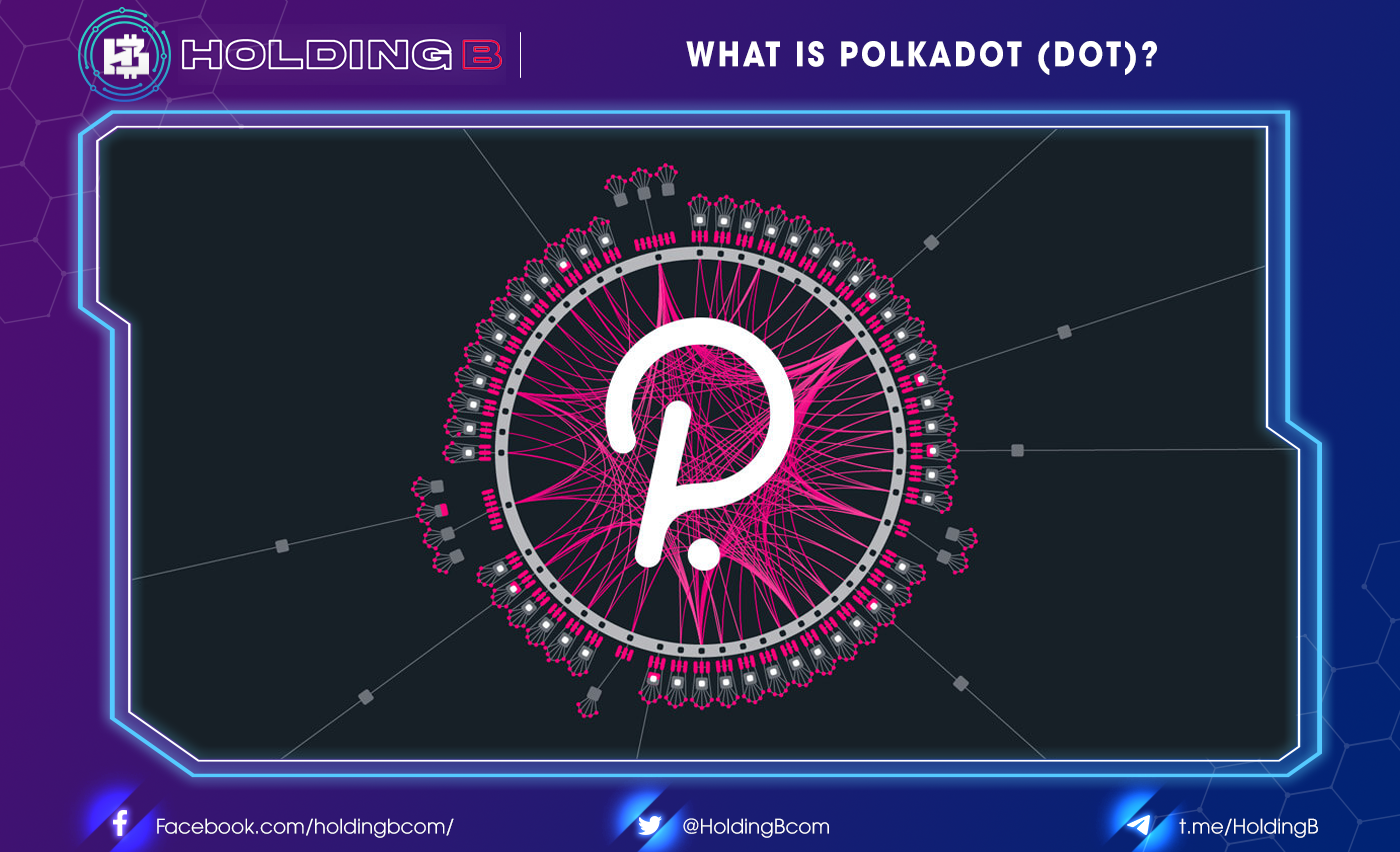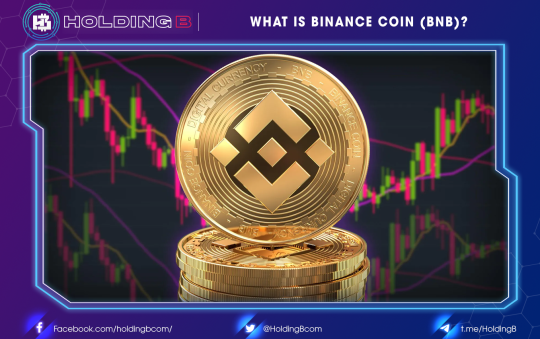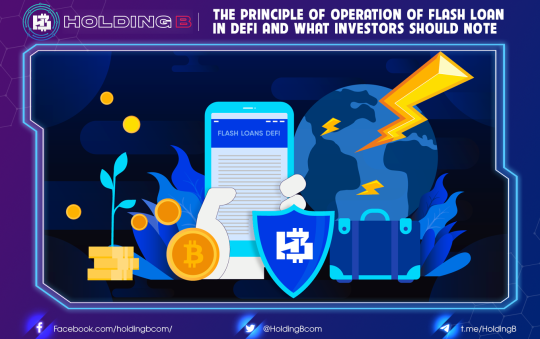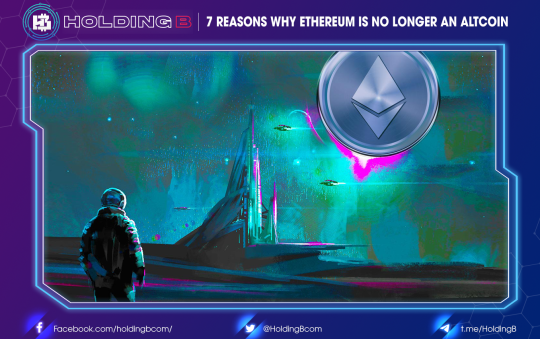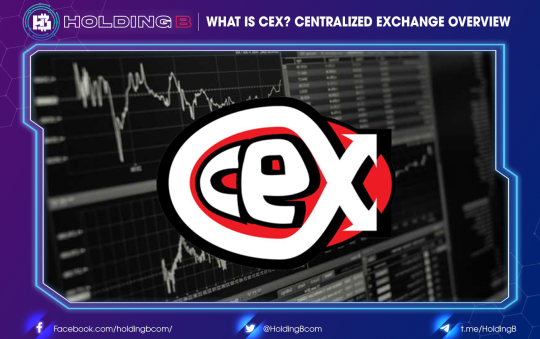Overview of the Polkadot system
What is Polkadot?
Polkadot (DOT) is a multi-chain, heterogeneous and highly scalable blockchain network technology. Polkadot allows Blockchains to connect with each other to share data and form a decentralized network.
Polkadot (DOT) is still trying to develop to become a “Decentralized Web” in the future. Then, all users’ identities and data will be controlled by themselves, not some organization or government.
The Polkadot mission
Polkadot will enable a completely decentralized web where users are in control.
Polkadot is built to connect private and consortium chains, public and permissionless networks, oracles, and future technologies that are yet to be created. Polkadot facilitates an internet where independent blockchains can exchange information and transactions in a trustless way via the Polkadot relay chain.
Polkadot makes it easier than ever to create and connect decentralized applications, services, and institutions. By empowering innovators to build better solutions, seek to free society from its reliance on a broken web where its large institutions can’t violate our trust.
How is Polkadot structured?
Polkadot has four core components:
- Relay Chain
The heart of Polkadot, responsible for the network’s shared security, consensus and cross-chain interoperability.
- Parachains
Sovereign blockchains that can have their own tokens and optimize their functionality for specific use cases.
- Parathreads
Similar to parachains but with a pay-as-you-go model. More economical for blockchains that don’t need continuous connectivity to the network.
- Bridges
Allow parachains and parathreads to connect and communicate with external networks like Ethereum and Bitcoin
How does Polkadot Work?
The Polkadot network uses a sharded model where shards – called “parachains”, allow transactions to be processed in parallel instead of sequentially. Each parachain in the network has a unique state transition function (STF). Polkadot has a Relay Chain acting as the main chain of the system. Based on Polkadot’s design, as long as a chain’s logic can compile to Wasm and adheres to the Relay Chain API, then it can connect to the Polkadot network as a parachain.
Parachains construct and propose blocks to validators on the Relay Chain, where the blocks undergo rigorous availability and validity checks before being added to the finalized chain. As the Relay Chain provides the security guarantees, collators – full nodes of these parachains – don’t have any security responsibilities, and thus do not require a robust incentive system. This is how the entire network stays up to date with the many transactions that take place.
In order to interact with chains that want to use their own finalization process (e.g. Bitcoin), Polkadot has bridge parachains that offer two-way compatibility, meaning that transactions can be made between different parachains.
The Cross-Consensus Messaging Format (XCM) allows parachains to send messages of any type to each other. The shared security and validation logic of the Relay Chain provide the environment for trust-free message passing that opens up true interoperability.
Outstanding features on Polkadot network
- True interoperability
Polkadot enables cross-blockchain transfers of any type of data or asset, not just tokens. Connecting to Polkadot gives you the ability to interoperate with a wide variety of blockchains in the Polkadot network
- Economic & transactional scalability
Polkadot provides unprecedented economic scalability by enabling a common set of validators to secure multiple blockchains. Polkadot provides transactional scalability by spreading transactions across multiple parallel blockchains.
- Easy blockchain innovation
Create a custom blockchain in minutes using the Substrate framework. Connect your chain to Polkadot and get interoperability and security from day one. This ease of development helps Polkadot’s network grow.
- High energy efficiency
Polkadot consumes a small fraction of the energy used by conventional blockchains thanks to its next-generation nominated proof-of-stake (NPoS) model.
- Security for everyone
Polkadot’s novel data availability and validity scheme allows chains to interact with each other in a meaningful way. Chains remain independent in their governance, but united in their security.
- User-driven governance
Polkadot has a sophisticated governance system where all stakeholders have a voice. Network upgrades are coordinated on-chain and enacted autonomously and without forking the network, ensuring that Polkadot’s development remains future-proof and community-driven.
The DOT Token
*DOT Use Case
DOT serves three key functions in Polkadot:
- to be used for governance of the network,
- to be staked for the operation of the network,
- to be bonded to connect a chain to Polkadot as a parachain.
*Key Metrics
- Token Name: Polkadot
- Ticker: DOT.
- Blockchain: Polkadot.
- Token Standard: Updating…
- Contract: Updating…
- Token Type: Utility, Governance.
- Total Supply: 1,103,303,471
- Circulating Supply: 987,579,314.96 DOT
Roadmaps & Updates
The launch of Polkadot v1 began in May 2020 with the Relay Chain genesis block and finished in December 2021 with the launch of parachains. Several post-launch developments and optimizations are expected for 2022 and beyond.
The stages are represented by the milestones below:
- PoA
Web3 Foundation will launch Polkadot in Proof of Authority mode. During this time, most users will be able to:
Claim tokens from their Ethereum contract,
Stake tokens and declare their intent to validate or nominate.
Validators will also be able to set their Session keys in preparation for Proof of Stake, and Web3 Foundation will be able to use the Sudo key to manage the chain and enable more features.
- NPoS
During Nominated Proof of Stake, the network will run with a decentralized set of validators. During this phase, Web3 Foundation will use Sudo to increase the number of validators in the set.
- Governance and Removing Sudo
With Polkadot’s governance system enabled, it can elect the first Council and Technical Committee and start accepting public proposals. While the Sudo key might still be needed for a few operations, governance can take over most of the chain’s decisions. Once Sudo is removed, root calls will only be dispatchable via governance.
- Enable Balance Transfers
Polkadot allows balance transfers.
- Parachain Rollout – Current Phase:
Before being enabled by Polkadot’s network governance, parachains will be tested and optimized both on parachain testnets and on Kusama. Once the code has been fully tested, audited and benchmarked, and parachains are running smoothly on Kusama, Polkadot governance can enable parachains and begin parachain slot lease auctions. Parachain slots will be auctioned one-by-one, with each auction lasting about 1 week.
- Future Upgrades
Polkadot upgrades currently under development include upgrades to XCMP (Cross-Chain Message Passing) and the launch of parathreads. These and any subsequent upgrades can be enabled by Polkadot’s on-chain governance community once development, testing, benchmarking, and auditing are complete.
Team
Polkadot is the flagship project by Web3 Foundation, a Swiss Foundation founded to facilitate a fully functional and user-friendly decentralized web.
Founded by some of the blockchain industry’s foremost builders as :Robert Habermeier, Dr. Gavin Wood , Peter Czaban
Don’t forget to follow useful articles about Crypto Market from team Holding B !!!
- Telegram Channel: https://t.me/HoldingBcom
- Telegram Group: https://t.me/HoldingB
- Website: https://holdingb.com/
- Twitter: https://twitter.com/HoldingBcom
- Facebook: https://www.facebook.com/holdingbcom

